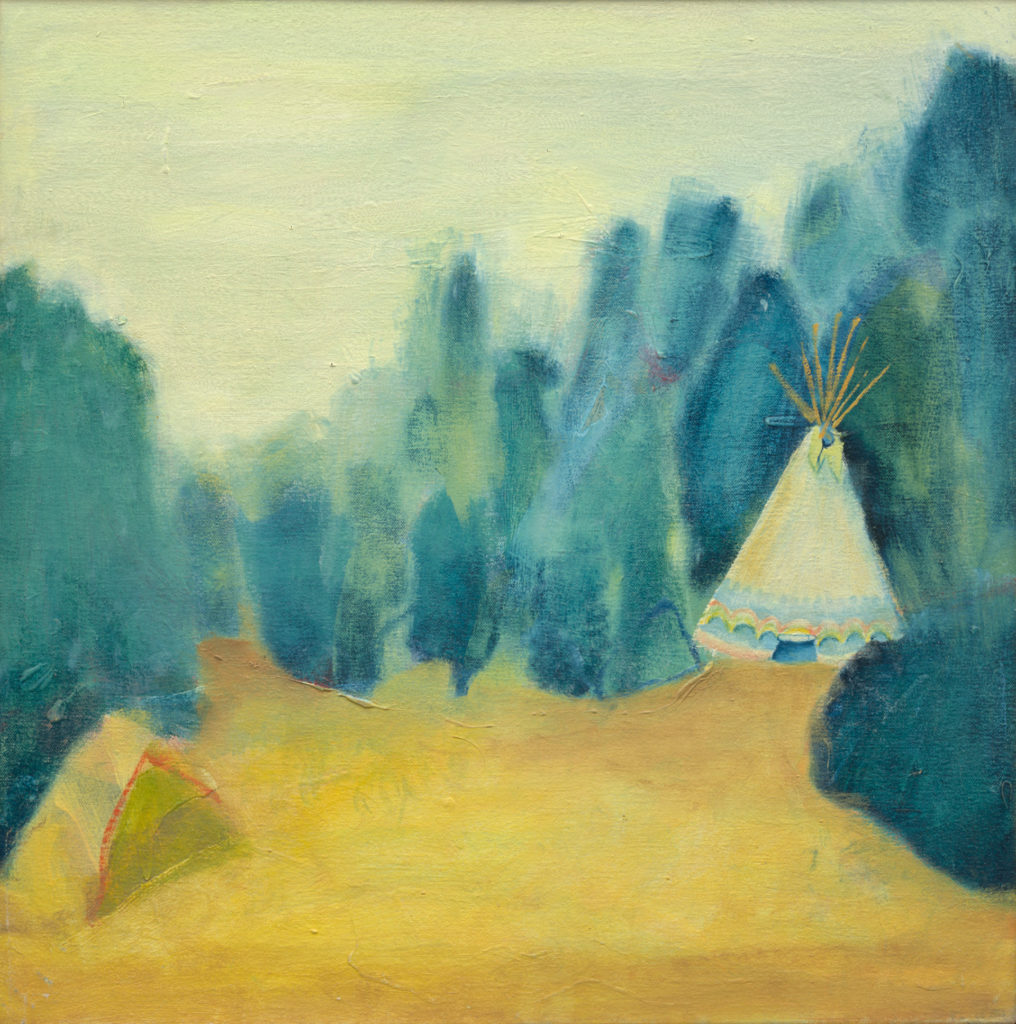 Neil Tomkins – Tasmanian Sacred Tepee
Neil Tomkins – Tasmanian Sacred Tepee
How can I digitise my artworks?
Let’s start with the obvious. Any digital record of your Art is better than none, so please, keep a record of the art your create including full details of the date produced, media, size, gallery sent to, date sold, value AND a digitised record of the image.
The best time to Digitise your art is prior to sending it to the Gallery for sale.
Even a ‘simple’ photo on a mobile phone is better than nothing. It records what you created and you can share this on social media. Try to steady the mobile using a tripod to avoid movement, and place in lots of indirect light to achieve best results with even lighting and avoid any shadows. When using a tripod it’s best to position the camera horizontally and vertically about the centre of your art to avoid image distortion, and keep as close as possible to the image to ensure maximum detail.
Then there’s a camera shoot. Same guides apply as with a mobile phone camera. Most cameras will capture a higher resolution image than a mobile phone.
In a professional situation, the camera and lenses used will normally be better than those used at home. A professional will also normally use additional lighting to best capture detail and colour.
Colour matching to original is critical. We suggest that you colour correct the file in a product such as PhotoShop to reflect the true colour of the original as accurately as possible. This is where a professional truly makes a difference.
Most good galleries will take photos of your art for promotional purposes. Such photos are great as a small image, but not for publishing, limited edition print runs or to create your Superannuation portfolio as the Copyright and Moral Rights owner of the art.
Then there’s scanning which is what we do at Standish & Co Art Labs. We capture every minute detail and all of our workflow is carefully and fully calibrated to ISO standards for consistent best quality results suitable for all purposes.
